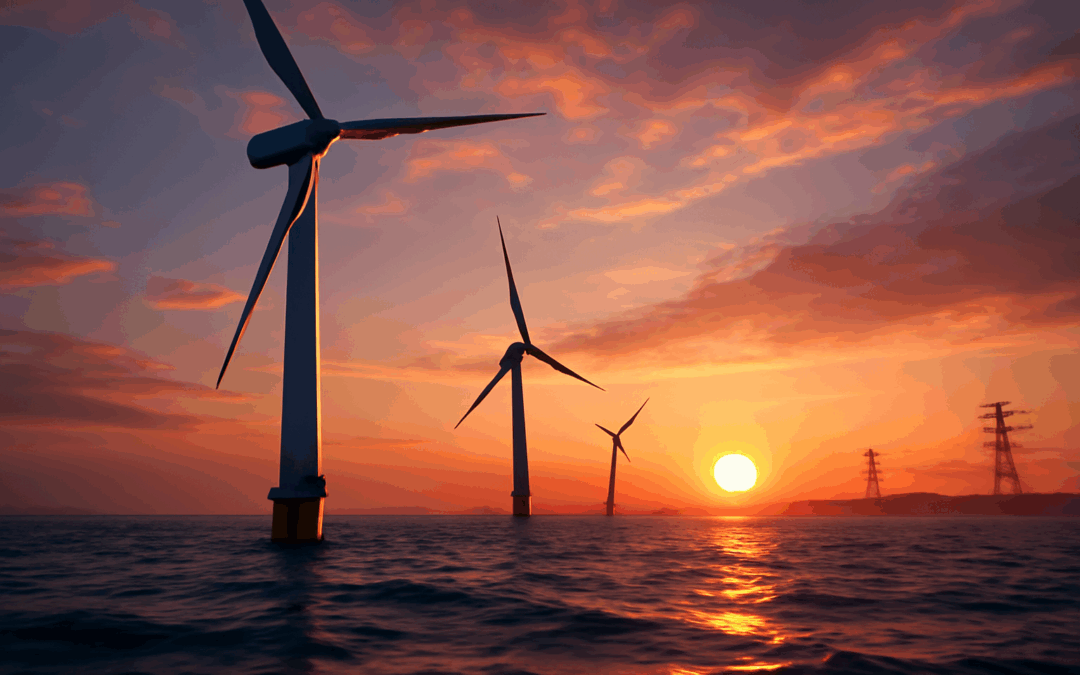Global efforts to decarbonize energy systems are accelerating, with renewable sources playing a critical role in addressing climate change and energy security. A recent episode of “Ondas del Viento” on Capital Radio delved into the evolving landscape of renewable energy integration, particularly highlighting the groundbreaking achievements of the Kincardine floating offshore wind farm in Scottish waters. This project stands as a testament to the innovative solutions driving the future of sustainable power generation.
The discussion on the program explored crucial changes introduced to facilitate the seamless integration of renewables into the electrical grid, addressing concerns over potential blackout risks and their subsequent impact on consumer electricity prices. A significant focus was placed on Kincardine, which proudly holds the title of one of the largest floating offshore wind farms globally. Its pioneering design features innovative floating technology, allowing turbines to be deployed in deeper waters where fixed-bottom foundations are not feasible, thereby unlocking vast new areas for wind energy harvesting. Experts from AEE, Juan Virgilio Márquez and Heikki Willstedt, emphasized the complex yet vital process of balancing supply and demand as more intermittent renewable sources come online, and how projects like Kincardine contribute to a more resilient energy mix. This aligns with a strong industry trend towards offshore wind development, especially floating offshore wind farms, which are seen as a cornerstone for scaling up renewable capacity and achieving ambitious climate targets.
Projects such as Kincardine directly contribute to SDG 7 (Affordable and Clean Energy) by expanding access to sustainable power and reducing reliance on fossil fuels. With its impressive capacity, Kincardine can power tens of thousands of homes annually, significantly reducing carbon emissions. This tangible shift represents a substantial contribution to SDG 13 (Climate Action), as it offsets thousands of tons of CO2 emissions each year—a volume comparable to removing thousands of cars from the road, demonstrating the profound environmental benefits of such large-scale renewable infrastructure.
As we navigate the complexities of energy transition, the success of projects like Kincardine prompts us to consider the immense potential of technological innovation in shaping our energy future. How will these advancements continue to redefine the boundaries of renewable energy, and what role do we each play in advocating for and supporting a cleaner, more sustainable world? The journey towards a fully decarbonized grid is challenging, but achievements like this underscore that it is undeniably within our reach.
Did you know we have courses related to this?
Ver curso GWO Formación Básica en Seguridad
